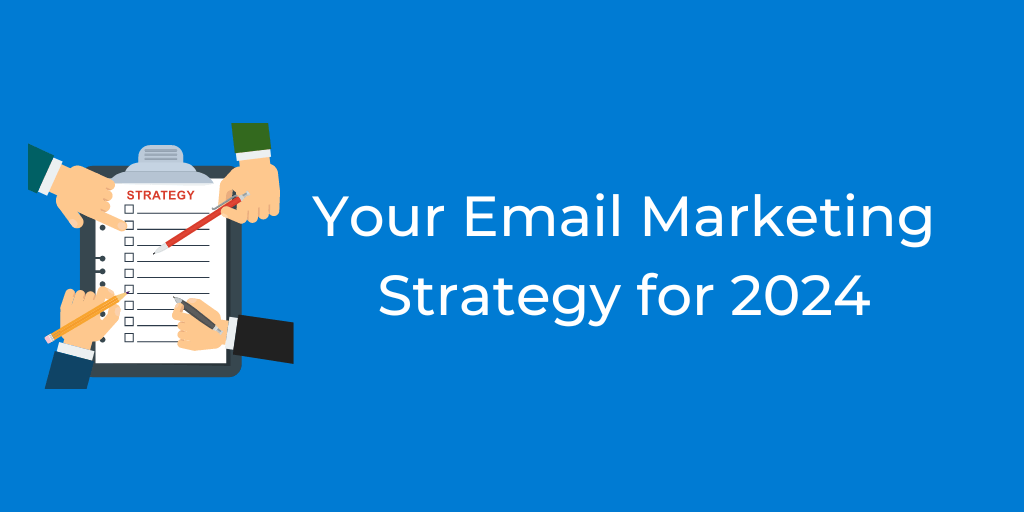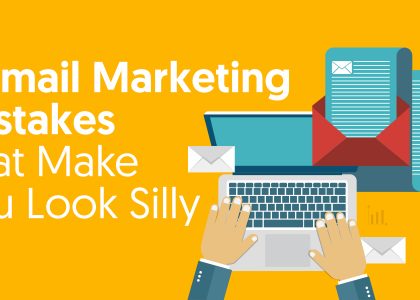What Is a Newsletter? Your 2024 Guide With 7 Actionable Steps
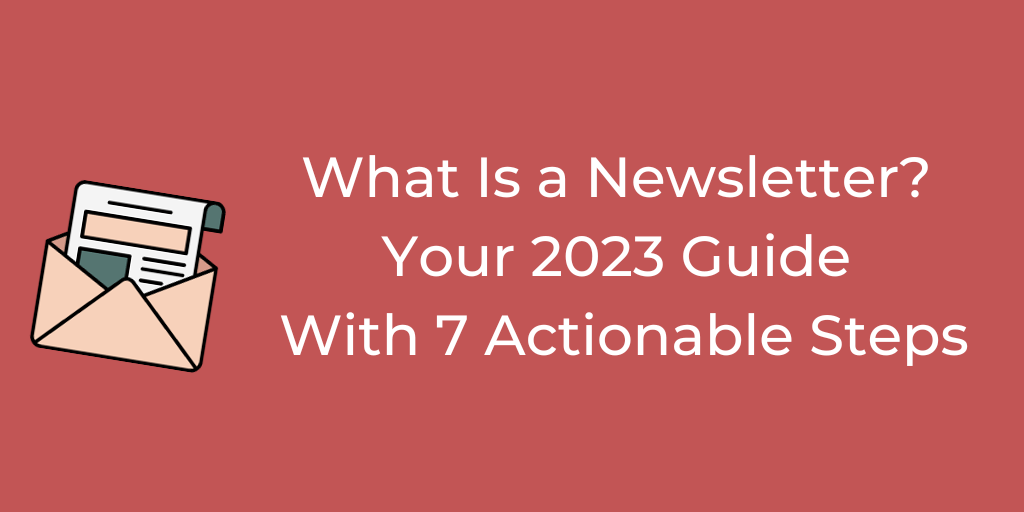
In this guide, we’ll be exploring the essence of newsletters, and their pivotal role in a successful email marketing strategy.
Far from being mere dispatches of information, newsletters represent a strategic bridge between businesses and their audience, offering valuable content and fostering a unique bond that can drive growth, engagement, and brand loyalty.
What is a newsletter?
If this is a new world for you, let’s first define what a newsletter really is.
A newsletter is a type of publication that’s regularly distributed to a group of people, typically through email, to keep the willing audience informed and engaged with updates, news, tips, or other relevant content.
It’s often used by businesses, organizations, and individuals to maintain contact with their subscribers, customers, or members.
The content of a newsletter can vary widely depending on its purpose and audience. A newsletter can be almost anything, but it most often includes things such as…
- Industry news: Latest developments and trends in a specific sector.
- Company updates: Insights into recent company activities and milestones.
- New product information: Introduces and details new products or services.
- Tips and advice: Offers helpful information and guidance relevant to the audience.
- Personal reflections: Includes personal thoughts or stories from the sender.
- Upcoming events: Announces and details forthcoming events or gatherings.
- Special offers: Presents exclusive deals or discounts to newsletter subscribers.
Newsletters are a key component of content marketing strategies, as they provide a direct channel to deliver tailored content to a specific audience, helping to build relationships, enhance brand awareness, and drive engagement.
In essence, newsletters are a versatile tool for regular communication, offering value to recipients through curated and personalized content, while also serving as an effective platform for the sender to achieve various marketing and communication objectives.
Benefits of using email newsletters for marketing
Direct access to audiences
One of the key benefits of newsletters in your content marketing strategy is direct access to your audience’s inbox.
Unlike social media platforms where your messages may get lost in the noise, newsletters are a surefire way to know with certainty that your message reaches your subscribers.
In fact, 79% of B2B marketers find that newsletters are the more effective way to distribute content.
This direct access is crucial for delivering targeted newsletters that drive meaningful engagement.
Enhancing customer relationships and brand awareness
Email newsletters are potent tools for building trust and maintaining regular communication with your customers.
They help in providing customers with valuable content, increasing brand awareness, and ensuring your brand stays relevant in their minds.
86% of respondents in a 2021 survey stated they strongly (or somewhat) agreed that newsletters provided a vital connection point between their brand and their consumers.
Boosting website traffic and engagement
Newsletters effectively drive traffic to your website, inviting subscribers to engage with more detailed content, explore your services, or check out your online store.
Including compelling subject lines and quality content, you encourage readers to visit your website, which helps in increasing both traffic and potential conversions.
31% of B2B marketers said they found newsletters to be the best way to nurture leads!
Cost-effectiveness and measurable impact
As a marketing tool, newsletters offer a high return on investment. They are a cost-effective solution for reaching a large number of subscribers with minimal expenditure.
Email marketing in general boasts an impressive ROI of $42 for every $1 spent.
The success of email campaigns, including newsletters, can be measured through metrics like open rates, click-through rates, and direct conversions, allowing for continuous optimization of your email marketing strategy.
Psst… check out our post on the true costs of email marketing to learn more!
How to build a newsletter strategy in 7 steps
1. Choose a platform + our top 6 platform choices
The foundation of an effective email marketing strategy begins with selecting the right email marketing tool. Most email marketing platforms offer a range of features designed to cater to different business needs. When choosing a platform, consider factors like ease of use, template availability, automation capabilities, and analytics.
Our top picks include platforms renowned for their robust features and user-friendly interfaces, ensuring you can create and send newsletters that resonate with your audience.
Mailchimp

Commonly paused for its user-friendly interface, Mailchimp offers a wide range of customizable templates, robust automation options, and detailed analytics, making it ideal for businesses of all sizes.
Constant Contact
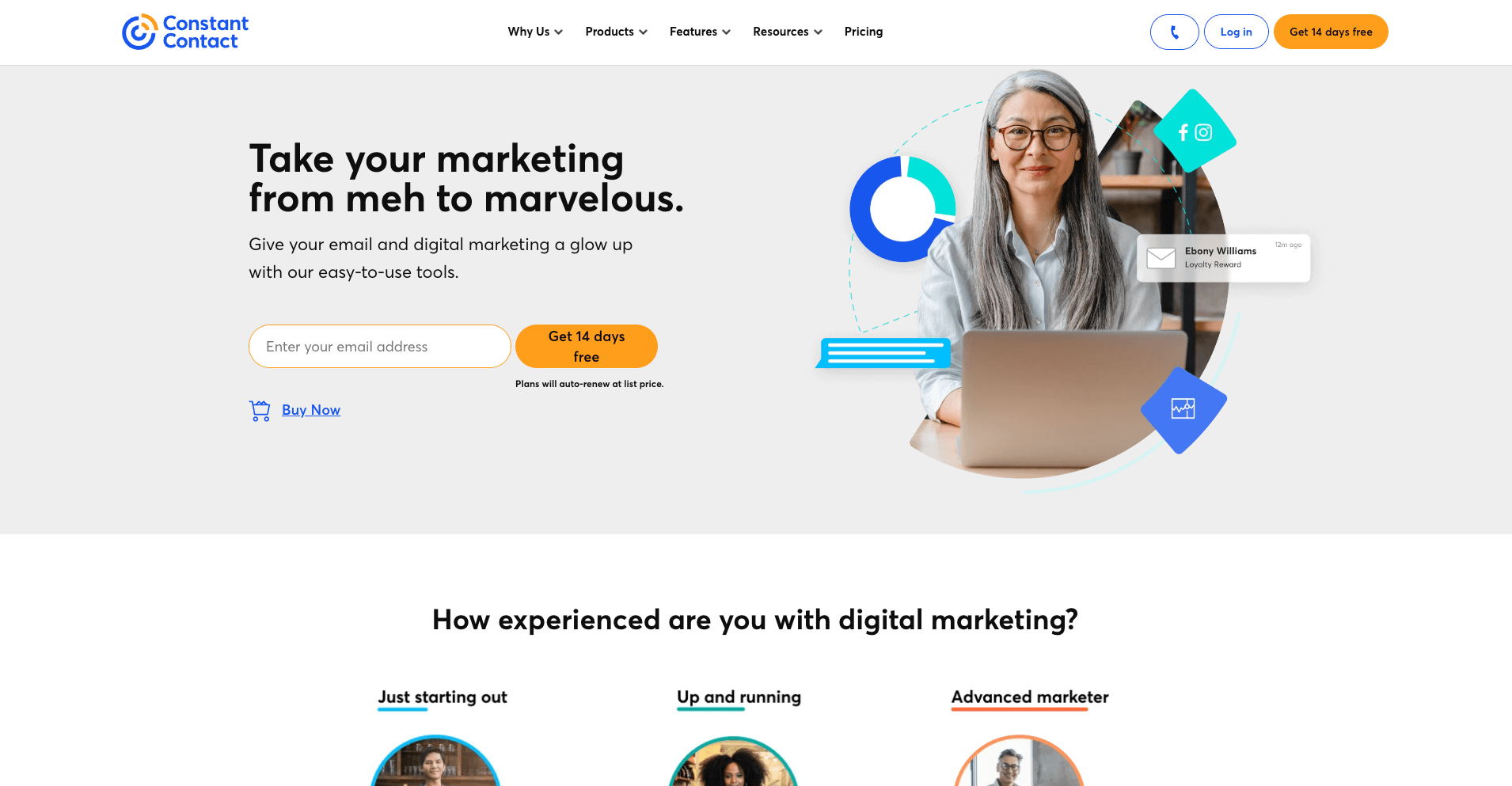
This platform is celebrated for its exceptional customer support, extensive library of templates, and powerful email automation features, suitable for businesses looking to enhance their email marketing efforts.
HubSpot
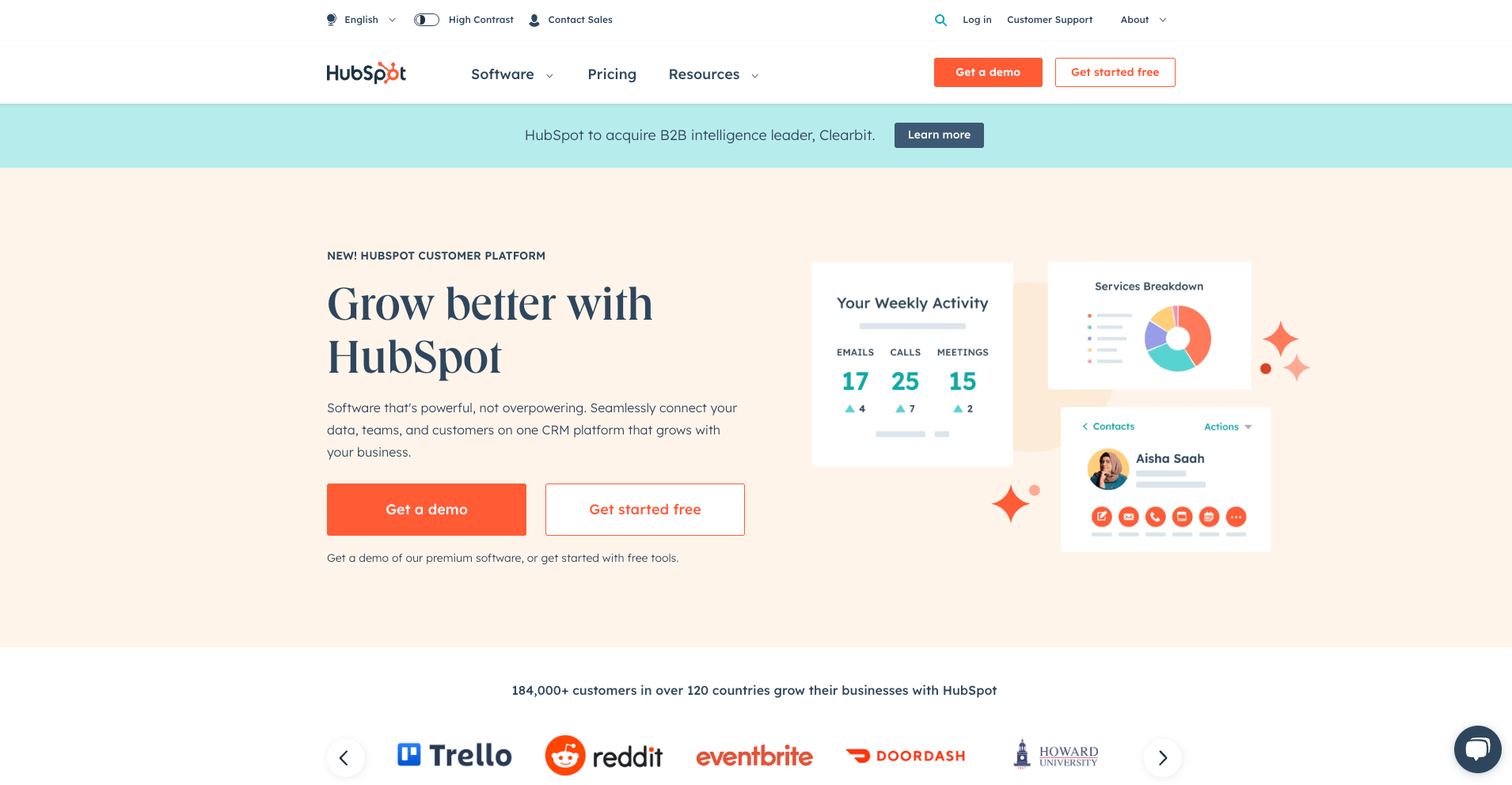
HubSpot stands out for integrating email marketing with a full suite of CRM and inbound marketing tools, making it perfect for businesses seeking an all-in-one marketing solution.
Brevo (formerly Sendinblue)
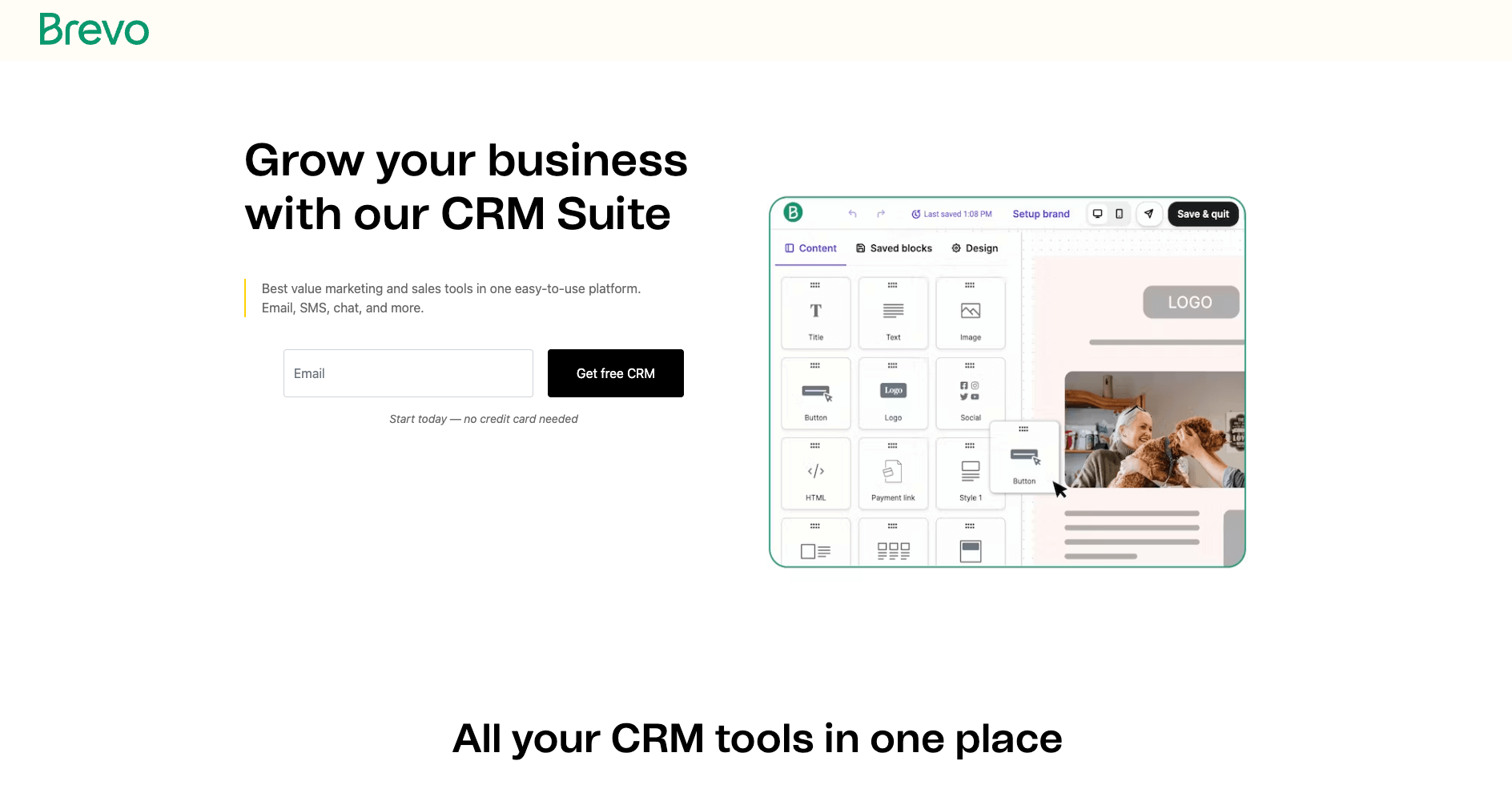
This platform is favored for its advanced segmentation capabilities, transactional email features, and intuitive design, ideal for businesses focusing on personalized and transactional emails.
Campaign Monitor

Known for its elegant designs and high deliverability rates, Campaign Monitor is a great choice for businesses aiming to create visually appealing and effective email campaigns.
SendGrid

Widely recognized for its scalability and reliability, SendGrid is particularly suited for businesses with high email volumes. It offers robust deliverability, detailed analytics, and a flexible API, making it a top choice for businesses.
2. Set up your goals and KPIs
Defining clear business goals and Key Performance Indicators (KPIs) is essential in crafting a successful newsletter.
Whether your aim is to increase brand awareness, drive traffic to your e-commerce store, or grow your subscriber list, setting specific, measurable goals will guide your content strategy.
KPIs such as open rate, click-through rate, subscriber growth rate, and several other email marketing metrics are crucial in assessing the performance of your newsletters.
3. Build your audience and segment It
The success of email campaigns heavily relies on the quality of your subscriber list.
Focus on acquiring new subscribers through engaging sign-up forms on your website and social media platforms.
TIP: Take a look at the 9 best newsletter sign-up examples and get inspired.
Once you have built a substantial list, segmenting your subscribers based on criteria like demographics, behavior, and engagement level will allow you to send more personalized emails, increasing the relevance and effectiveness of your newsletters.
TIP: Building up your collection of subscribers? Read our 10 proven strategies to grow your email list!
4. Warm your email address
Before launching your email campaigns, it’s important to establish a good sender reputation. This is where the concept of inbox warming comes into play.
Inbox warming is the process of gradually increasing the volume of emails sent from a new email address to build your reputation with email service providers. This strategy helps to avoid your emails being marked as spam and ensures better deliverability.
Luckily, there are services like Warmup Inbox, which automates this process and steadily increases your sending volume, effectively warming up your email address. It’s an essential step for anyone serious about their email marketing efforts.
You can sign up for free and watch your open rates soar!
5. Start with a welcome campaign
Initiating your email marketing strategy with a welcome campaign is a proven method to engage new subscribers. This first interaction sets the tone for future communications and can significantly impact subscriber retention.
A well-crafted welcome email should introduce your brand, highlight what subscribers can expect from your newsletters, and perhaps offer a special incentive for joining.
6. Track your results (analyze and optimize)
Regular analysis of your email campaigns is vital for continuous improvement. Track metrics such as delivery rate, open rate, click-through rate, and unsubscribe rate to gain insights into your newsletter’s performance.
Use this data to refine your strategy, experimenting with different content formats, subject lines, and sending times to optimize engagement and achieve your business goals.
7. Maintain your email lists
A key aspect of a successful email marketing strategy is keeping up with email list hygiene. List hygiene involves regularly cleaning your email list to remove inactive, invalid, or unresponsive email addresses. This practice not only improves your deliverability rates but also guarantees more accurate engagement and conversion metrics.
EmailListVerify offers an efficient solution for this, helping you to cleanse your email list of any problematic addresses. With EmailListVerify you can keep your list healthy, improve the overall performance of your email campaigns, and ensure your communications reach genuinely interested subscribers.

Interested in seeing how it works? Sign up and verify 100 email addresses, no strings attached!
How to measure the success of your email newsletter?
Measuring the success of your email newsletter is key to understanding its impact on your overall digital marketing strategy. Essential metrics include:
- Open rate: This indicates how many subscribers are opening your newsletters, reflecting the effectiveness of your email subject lines and the interest level of your audience.
- Click-through rate (CTR): CTR measures the percentage of readers who click on links within your newsletter. High CTRs signify that your content is engaging and successfully encourages readers to take action.
- Bounce rate: This metric shows the percentage of emails that couldn’t be delivered. A high bounce rate may indicate issues with your email list health or deliverability problems.
- Conversion rate: If your newsletter’s goal is to drive actions, such as purchases in your online store, conversion rate tracks how effectively your newsletter turns readers into customers.
- Subscriber growth rate: Monitoring how your subscriber list grows over time can provide insights into the long-term appeal and reach of your newsletters.
How to refine your newsletter over time
Refining your newsletter strategy is a continuous process that evolves with your audience’s preferences, industry trends, and your own business goals. Here are some tips to enhance the effectiveness of your newsletters:
Stay updated with industry trends
Keeping your finger on the pulse of your industry is crucial. Regularly update your newsletter content to reflect current industry news, trends, and insights.
This not only keeps your content fresh and relevant but also positions your brand as a knowledgeable and up-to-date authority in your field.
Experiment with content and design
Variety is key to keeping your subscribers engaged. Experiment with different types of newsletter content, from educational articles and how-to guides to industry news and behind-the-scenes looks at your brand.
Similarly, testing various design elements can make your newsletters more visually appealing and user-friendly, especially on mobile devices.
Personalize and segment content
Personalized content resonates more with subscribers. Use data from your email marketing tool to segment your audience and tailor your newsletters to different subscriber groups.
This could mean creating targeted newsletters for new subscribers, long-term customers, or potential customers who have shown interest in specific products or services.
Encourage and analyze feedback
Engage with your audience by encouraging feedback on your newsletter. This can be through direct surveys, feedback links, or interactive content within the newsletter itself.
Analyzing this feedback helps you understand what works, what doesn’t, and what your subscribers would like to see more of.
Integrate with your overall marketing strategy
Ensure that your newsletter aligns with your broader marketing strategy. This includes maintaining consistent branding across all platforms, linking your newsletter content to your social media followers, and making certain it complements other marketing efforts like promotions on your e-commerce store or blog updates on your website.
Monitor and adapt to subscriber behavior
Pay close attention to how subscribers interact with your newsletters. Are they more responsive to certain types of subject lines or content formats? Do they engage more with certain topics?
Use these insights to adapt your content and strategy, making sure your newsletters consistently deliver value to your audience.
Conclusion: a newsletter as a dynamic marketing tool
In conclusion, a newsletter is much more than just a regular email, it’s a dynamic and potent marketing tool that can significantly contribute to your business growth.
By providing valuable content, maintaining regular communication with your customers, and continually refining your strategy based on performance metrics and subscriber feedback, your newsletter can evolve into an indispensable part of your digital marketing efforts.
The key to a successful newsletter is to keep it relevant, engaging, and aligned with your overall marketing objectives.
With the right approach and continuous optimization, your newsletter can help you build lasting relationships with your audience, bolster your brand authority, and drive meaningful business results.
Try verifying 100 emails for free.
